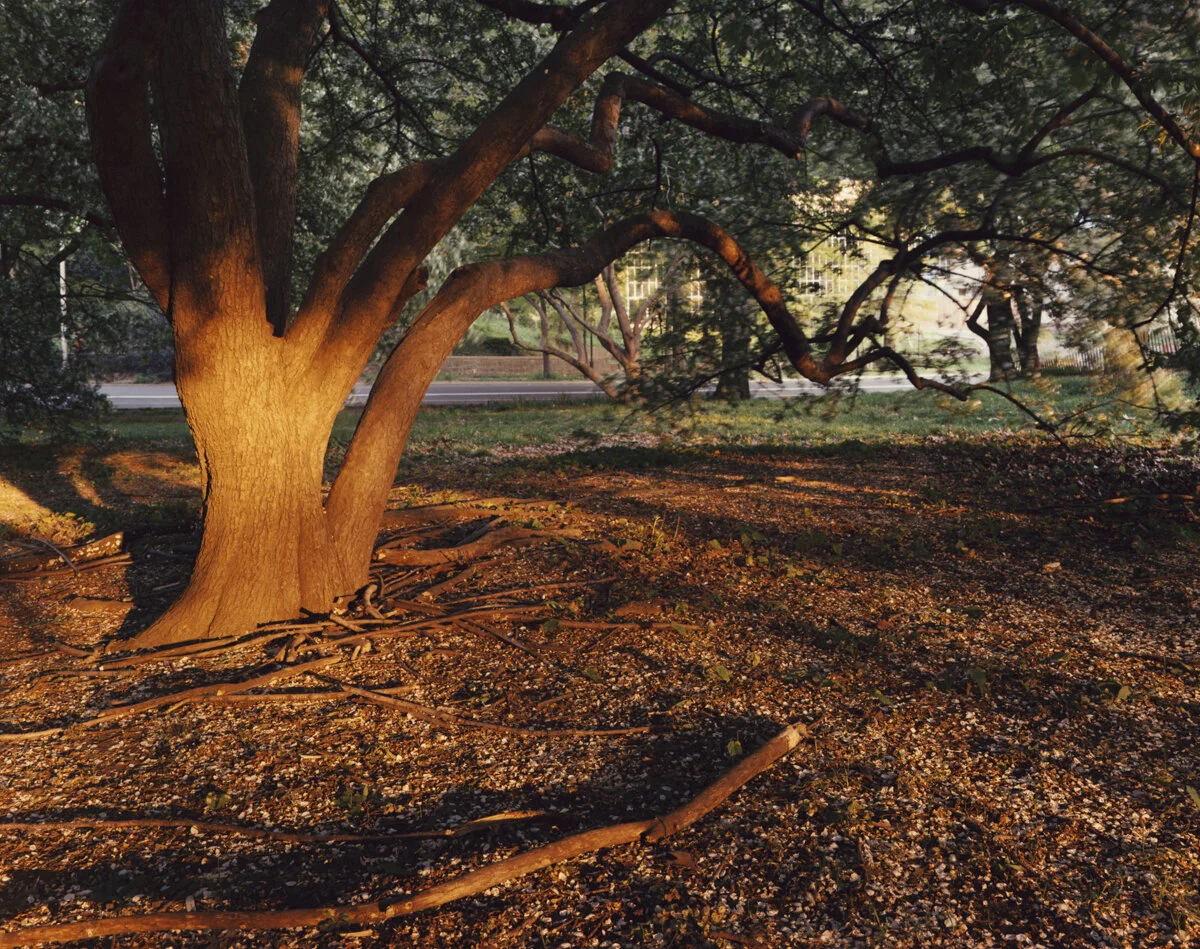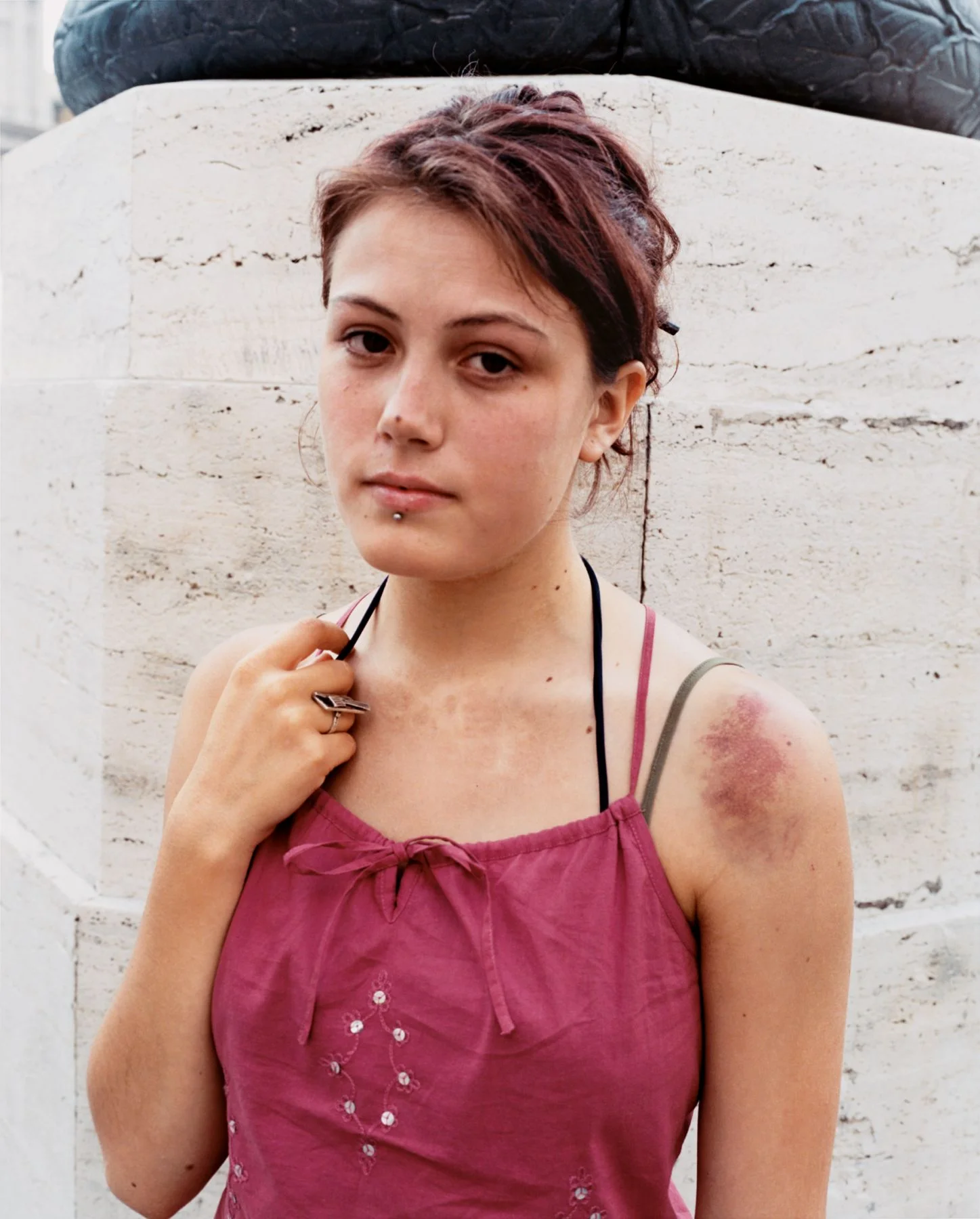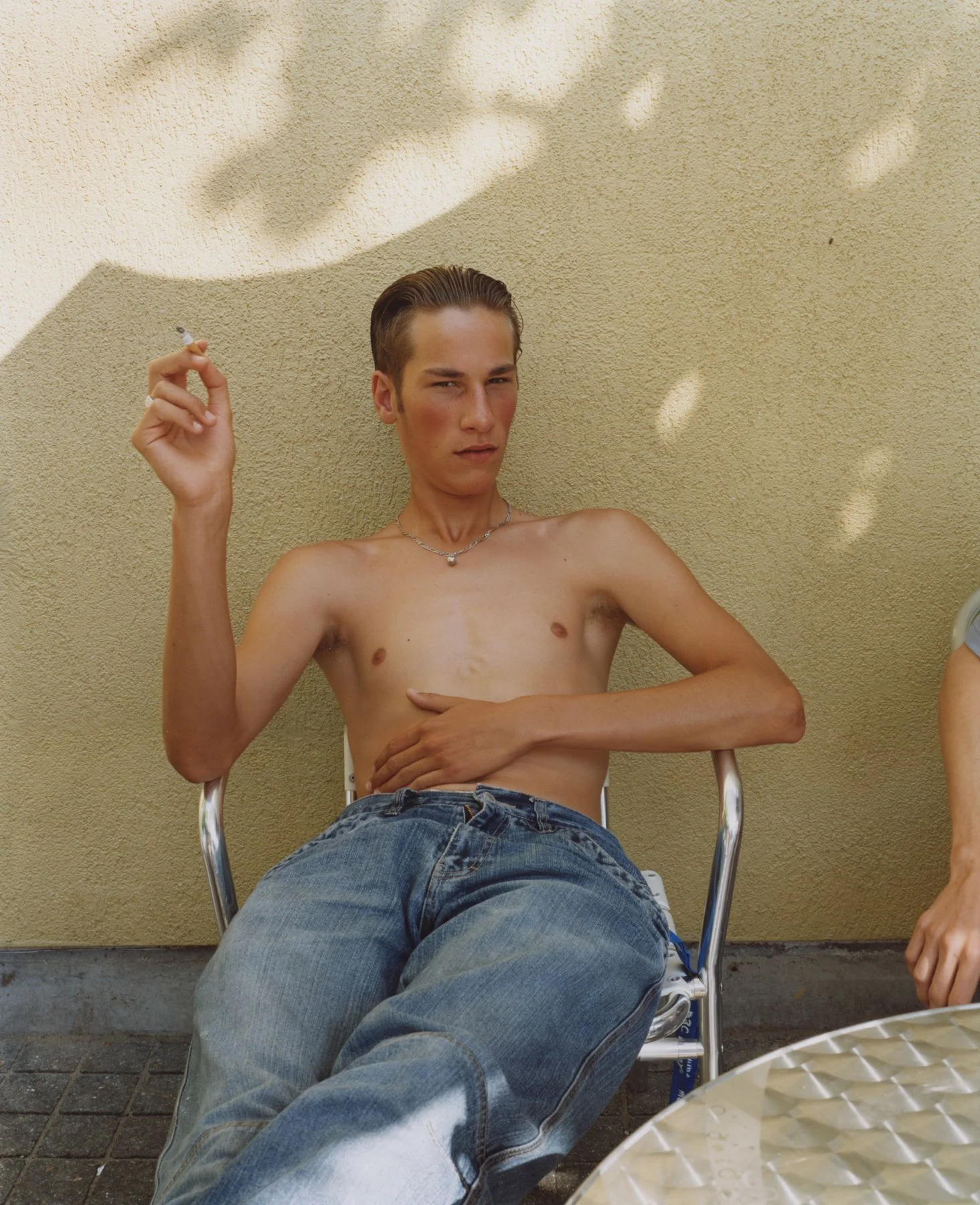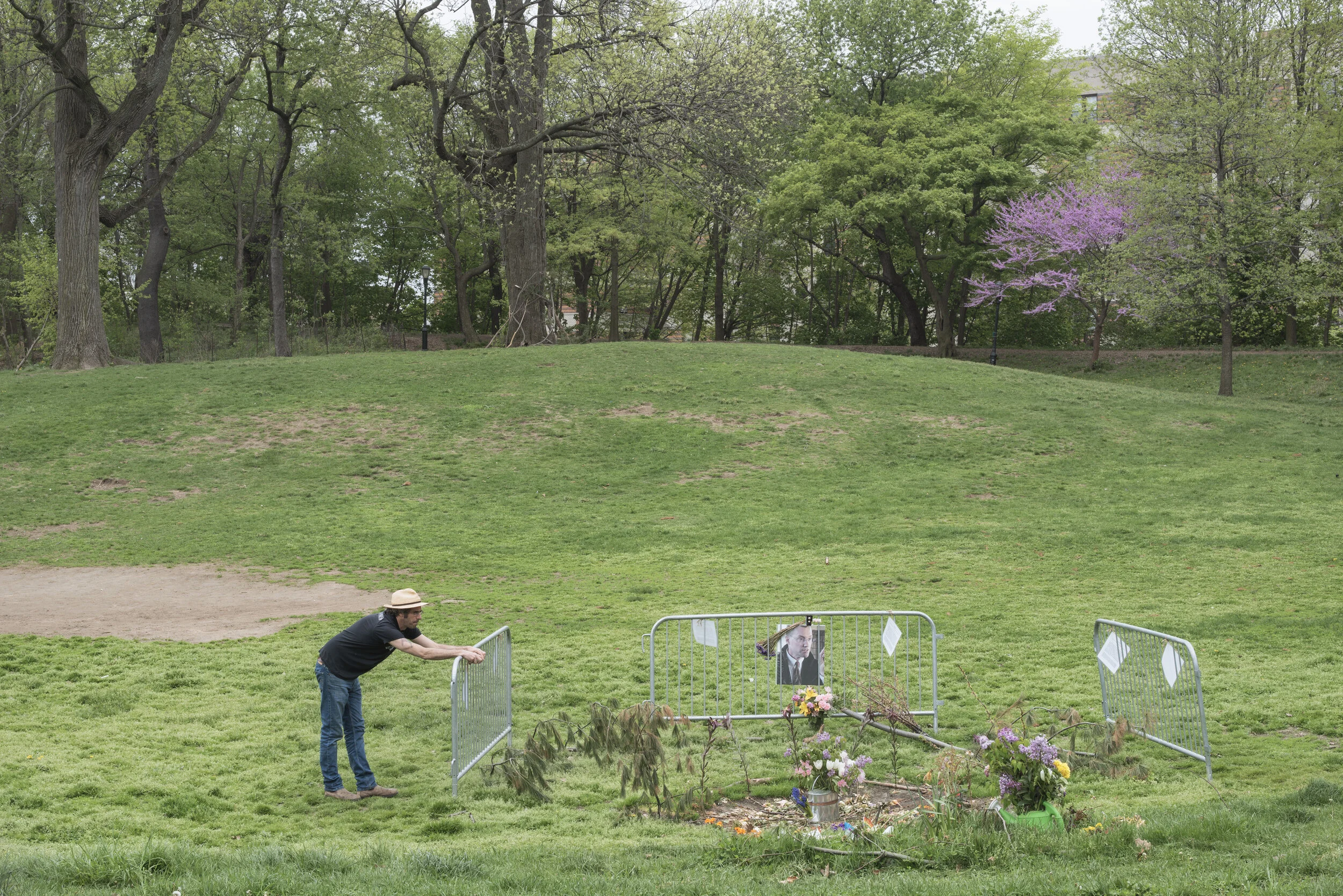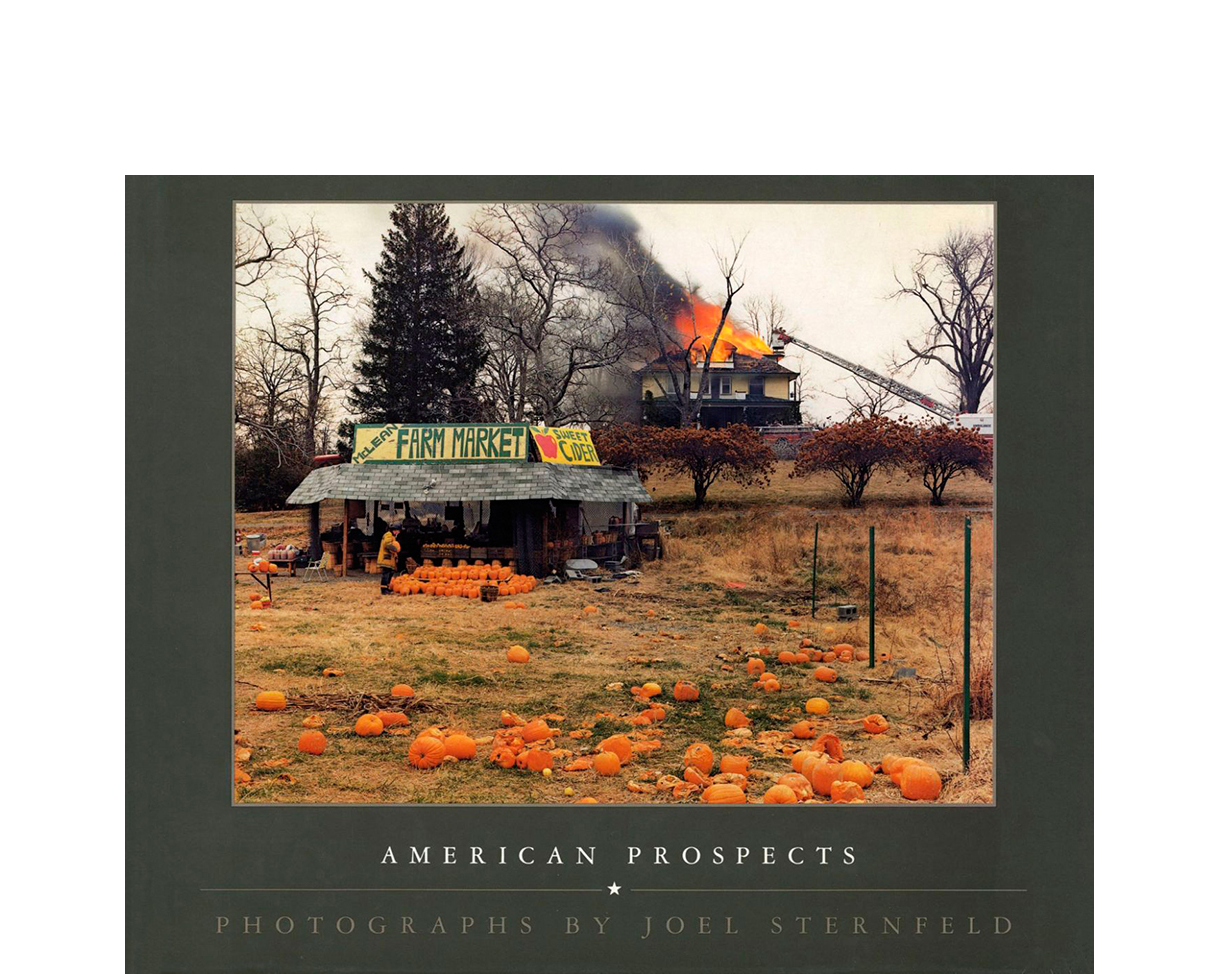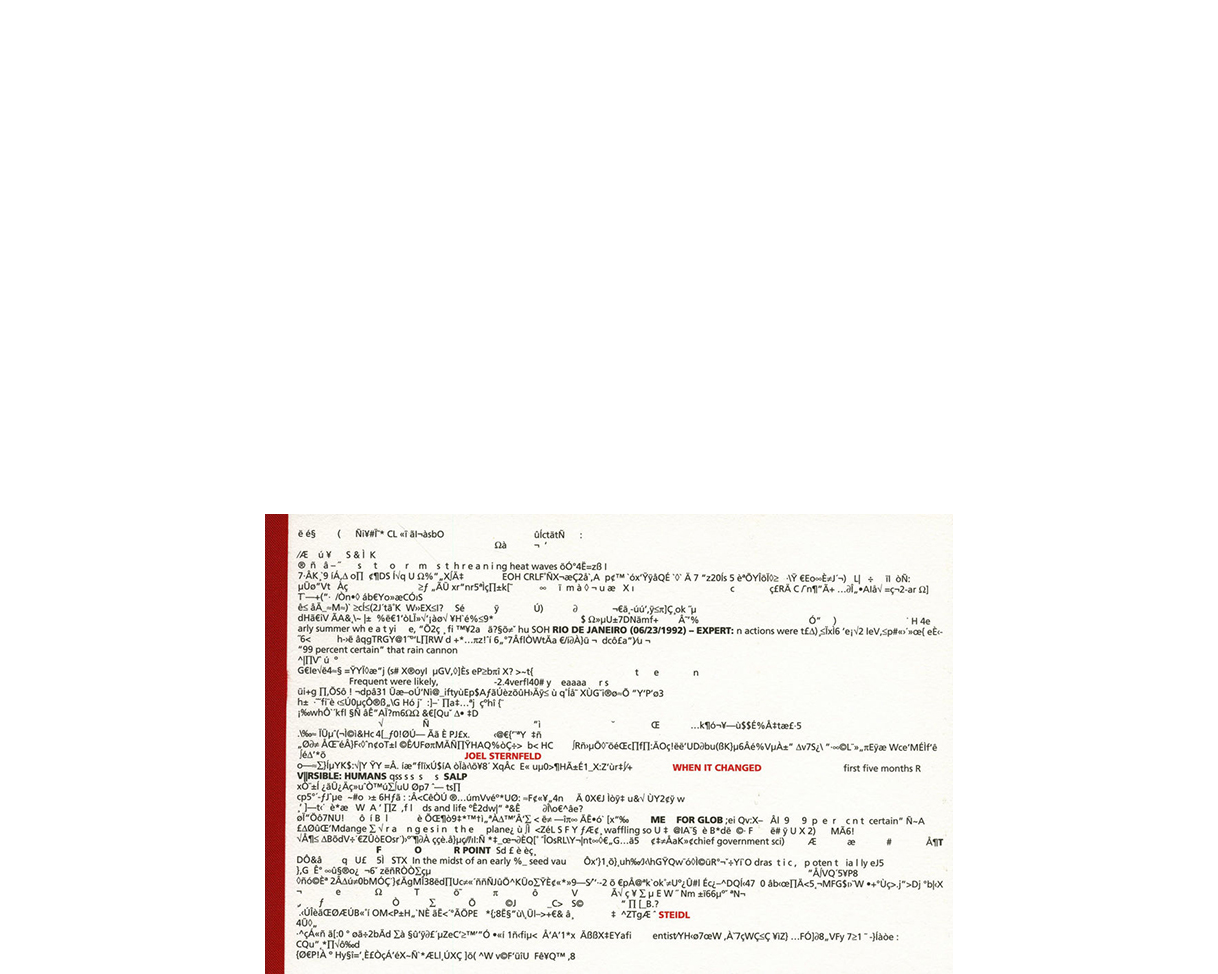Perfect Strangers
Portraits are different from other kinds of images, and photographic portraits are more exceptional still. As social animals, we seem to have latent within us a primal response–half fear, half attraction–to the presence of another in our midst, and a trace of such instinct is brought to the viewing of the representations we make of ourselves. This vestige distinguishes the portrait from, say, a landscape or still life: the infant chimp will favor a makeshift wire replica of its mother over food or water, to its physical detriment, in a display no other kind of object can evoke. In fifteenth-century Tuscany, certain enemies of the state were tried and punished through use of the pittura infamante; rather than jailing or flogging the culprit’s person, his portrait was ordered painted, the likeness hoisted outside the town hall, and a mob would pelt, burn, or crucify it. Iconoclasm, voodoo dolls, and political leaders hanged in effigy all share this order of irrational response, turning on what the anthropologist James George Frazer once called “imitative magic.” At some subterranean level of awareness, a sympathetic reflex confuses the image and subject, accepting the effect as a surrogate for the cause.
If the traditional portrait derives potency from resemblance, photography's invention in the nineteenth century gave imitative magic unimagined new capacities. Traditional portraiture concentrated on the highest and (sometimes) lowest levels of society. Photography, with all its relative affordability and ease, now allow the middle classes to fill themselves in. The bourgeois multitude took to the rite of self representation eagerly, though not without its own form of supernatural hangover. The novelist Balzac feared sitting for his photographic portrait, lest something of his spirit be removed in the process; the sculptor Thorvaldsen is seen in early daguerreotype furtively making the sign of the “evil eye” to ward off mischief in the spectral sort. Moreover, the world learned that the very same image demonstrating your success upon the barricades could later be used to identify and convict you of insurrection. Photography duly assumes its place as the medium of the middle class, but it's revelatory descriptiveness suffered the fate of working too well: poolside Polaroids, dental X rays, and our high school yearbooks have only amplified a congenital anxiety that photography is capable of revealing more than we want to know about ourselves, and not enough of who we think we are.
So when Joel Sternfeld has America sit for its portrait, the operation might well be expected to prompt in its intended subjects a measure of curiosity, or even exhibitionism— the modern appetite for celebrity, no matter how minor or ambiguous. But it might also engender a natural and proper reserve, a formality bred of previous confrontations with census takers, pamphleteers, and other snake-oil salesman. Off and on for a period of nearly fifteen years, Sternfeld drove around the country, setting up his big view camera and negotiating weather and other obstacles in order to produce this intelligent, unscientific, interpretive sampling of what Americans looked like at the century’s end. Perhaps the most remarkable thing about the project is that so many lent their mortal souls so gamely to some perfect stranger from New York City.
Sternfeld's pictures are different from other people’s. They are easy to underestimate. They invite speculation, giving us the misleading sense we know exactly what the photographer is up to. They appear simple, each one approximating the look of chance encounter by hiding the many deliberate elements that secure fort them their seamlessness. They are unabashedly of their time, in their display of body markings, consumer electronics, leisure attire, and vehicle styles. Depending on where you stand, they can be taken as critical, ironic, and political, or earnest, straight-faced, and illustrative. They are often humorous, but in that Freudian, nervous way that hides some deeper truth.
In a sense, they are not portraits at all. If portraiture historically memorializes the appearance of significant figures and their exemplary or notorious lives, Sternfeld’s people have no manifest significance as makers of history. If the portrait works like a proper name, denoting identity so as to catalyze pre-established recognition, the capital letters of Sternfeld’s roll call only highlight our complete lack of recognition of these individuals as agents: the mechanisms of identification are in place, but the excepted coincidence of image and reputation is voided. Official portraiture, like naming, depends on specificity, indeed uniqueness, whereas Sternfeld's people-pictures treat their human subjects as simultaneously singular and typical. We accept that the attorney pausing to read the paper at the corner of Bank and Fourth on the way to the laundry is a type, standing in for other lawyers, other white men in their thirties, other people who read the Times and have their clothes professionally laundered and pressed.
The catalogue of type is not a new idea in photography, nor in art or science. In the late eighteenth century, the Swiss theologian Johann Caspar Lavater elaborated a comprehensive theory of physiognomics, a system of analysis that relied upon facial features to define individuals generically, according to personality type. The concept was simple: physical appearance was believed to reflect true, albeit hidden, moral character, provided one knew how to read a person’s countenance. Lavater supplied the decoder, signaling through illustrations what a noble forehead should look like, or a criminal earlobe, and more generally proving that beauty equals virtue and ugliness vice. A close reading of Christ's features showed him to be, not surprisingly, a fairly upstanding fellow.
The urge to varnish subjective interpretation with the objective criteria is a hallmark of modernism, one that continued to motivate discussion for nearly two centuries after. When the German photographer August Sander began his monumental project “People of the Twentieth Century” in the 1920s, the notion that the face proclaimed the soul had been pretty much discredited, but the belief that aspect and identity interrelated had not. Sander, shifting the terms, now aimed more metaphorically to record “the historical physiognomic image of an entire generation.” “More than anything else, physiognomy means an understanding of human nature,” he explains in a 1931 radio lecture. “We recognize people and distinguish one from another by their appearance. We can tell from appearance the work someone does or does not do; we can read in his face whether he is happy or troubled, for life unavoidably leaves its trace there.” Sander’s never-completed “People of the Twentieth Century” scheme was an attempt, over the course of thirty years, to document the existing social order of the Weimar Republic through projected 540-image catalog of occupational and economic types. The inventory was to follow an arc, form “farmers,” “craftsman,” and “the professions” to artists and vagrants, and finally to what Sander termed “the last people”– idiots, cripples, and outcasts – progressing, in due course, from rural to urban types. Like in the old medieval Book of Trades, individual identity was eclipsed by the public function and position of the subject, with attributes bespeaking status (clothes, hairstyles, possessions) acting as visual codes to establish exemplarity. As with the larger society it was meant to mirror, the individual photograph was subordinate to the collective whole of the archive, “a mosaic,” Sander argued, “that becomes a synthesis only when presented en masse.”
If Sternfeld’s effort approximates the typological model more than that of official portraiture, it does so as an acute evolutionary mutation upon Sander’s idea. Indeed, the project hinges upon the potential slippage this model offers: its value as bad science. In Sternfeld's case, the critique entails two steps. The photographer first goes to some effort, through a series of formal maneuvers, to invoke the objective methods of classical documentary. For instance, from beginning to end of Sternfeld’s series, the distance of camera to subject remains virtually constant– a safe and respectful distance, signifying a descriptiveness and taxonomic efficacy. All of the subjects here address the lens, making eye contact with us, and thus seemingly affording a systematic standard for comparative analysis. The participants stand (or sit) still, displaying themselves in a condition of stasis. (Lavater advised that physiognomy could only be read from features at rest: action or emotion confounds the essential with the temporary.) Subjects are presented, we surmise, in situ, in the setting to which they might be considered indigenous, with nothing to suggest the photographer has in any way tampered with the evidential purity of the environment as found. Except for the arrangement of the poses, all else wants to the happy discovery and preservation of the specimen uncovered in the field.
However, in the second stroke, the trappings and expectations of documentary procedure get deranged. In Sander’s universe, a farmer has to look like a farmer, his beggar has to look unemployed. Sternfeld's investment banker or Upper East Side maid may perfectly match our stereotypes of such characters, but then along comes a young derelict in torn jeans and a ski cap, who turns out to be a website designer. The guy with the creepy doll, or the sidewalk woman toting rabbit –what social types do these personify?
Sternfeld's version of the Sander Arbeitsloser trumpets a pair of rather elegant red leather sneakers, hardly a universal attribute of the homeless. These specimens seem to assert their unwillingness to be made wholly representative, to subsume their individuality to the system. Free-floating signs of disturbance– the closure on a skirt that gapes open, the incongruously small barbecue grill on the ground– occur frequently enough to make us distrust the information as forensically cogent, and so disconcert the rigor of the sampling as a whole. The Sternfeld bait-and-switch plays upon expectations of physiognomic thought in order to demonstrate how unreliable such expectations can be.
Sternfeld’s sociology therefore throws the question back at us, asking us to decide what we are willing to assume, on the basis of outward appearance, about the person standing next to us in the elevator. Some of the clues here make sense, others mislead, and yet others remain ciphers. But this documentary skepticism on the part of the artist doesn't mean the project isn't saying something profound about the time or place it glosses. Before beginning the series, Sternfeld had invested himself primarily in landscape images–specifically, images of sites marked by culture, such as roadsides, the suburbs, or scenes of crimes. The landscape motive remains extant in these pictures too: compare them with examples of the dominant postwar trends, where Richard Avedon, Irving Penn, Thomas Ruff, and other portrait makers have increasingly isolated their figures from the world through the evacuation of meaningful background. Sternfeld’s are people in landscapes; they make conscious reference to the eighteenth-century conversation piece, in which painters like Thomas Gainsborough would situate clients in a location redolent with socioeconomic and emblematic association (fertile fields for the newly married couple, e.g.) Some of the categorical in-between-ness of Sternfeld’s project comes from the imprinting upon both people and landscape of our market economy, a ubiquitous umbrella force casting its shadow from beyond the camera’s frame.
The future historian will mark how the collection here bunches up in the middle, not just in terms of its informal demographics, but culturally. If the pictures reflect a growing split in this country, it is less between the rich and poor than between the commodity cultures of the lower middle class and an upper middle class. America's poor wear the T-shirts and baseball caps of the former; it's rich consume the bottled water and designer labels of the latter. The unavoidable inference of the selection is that, for most of us, identity has largely, finally, successfully become an issue of consumer choice. To the extent that individuals manage to distinguish themselves from one another publicly, it is mainly through the semiotics of their selections from the image menu of late capitalism. By virtue of their iconography, their semi-acquiescent self-arrangement for the camera, their struggle to stay fully in character, the people in Sternfeld’s cross selection suggest the distinct possibility that we may all be playing roles, roles that happen to be identical to our lives. As the method actor knows, the trick is to so immerse yourself in the part that you forget you are acting. At the moment when our national identity may mean nothing other than proximity to the generative source of a growing global omniculture – when the verities of family, religion, and country go begging for lack of adequate replacement – these pictures of Americans might show more than they or we can see. Yet they are by no means nihilistic. Sternfeld doesn't make his people heroic, but his patent empathy for his sitters – his regard for their humanity – suggests the possibility that, as individuals, we can at moments transcend the limitations of ambient social determinism.
We find in Sternfeld’s report some provisional solutions to the problem of remaining human. We fear and are attracted to these people, respond to the psychodynamics of their staring at us, take pleasure in the opportunity to stare back in relative safety, and may even find ourselves moved. There are pictures that fulfill the purpose of art, which is not to record, nor even to create beauty for its own sake, but to redeem us. It is the philosophical task, to aid, in however indirect or partial fashion, our understanding of what it means to exist in the here and now, to show us something bigger than ourselves, to let us see ourselves from above and maybe get a glimpse of the script. When that happens, it seems like magic.






